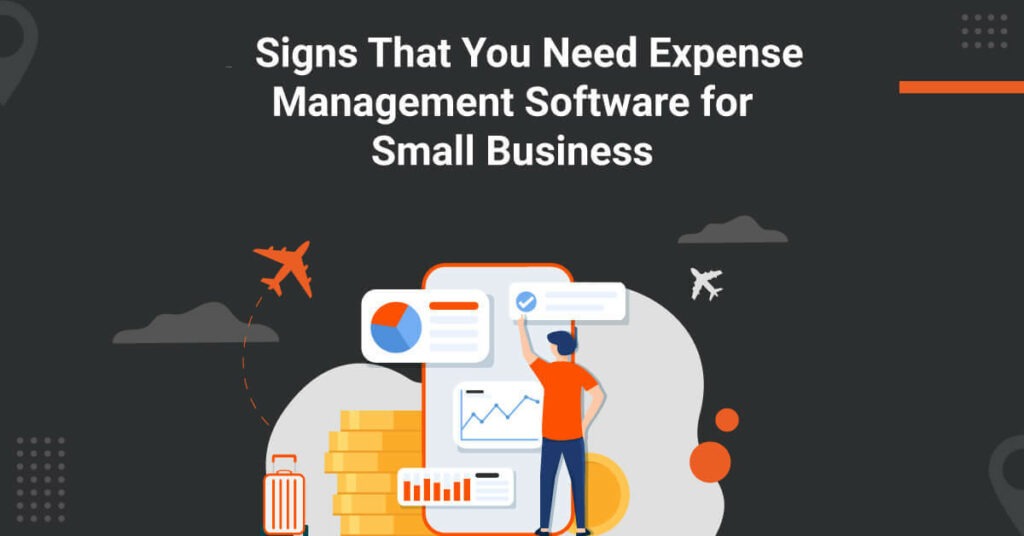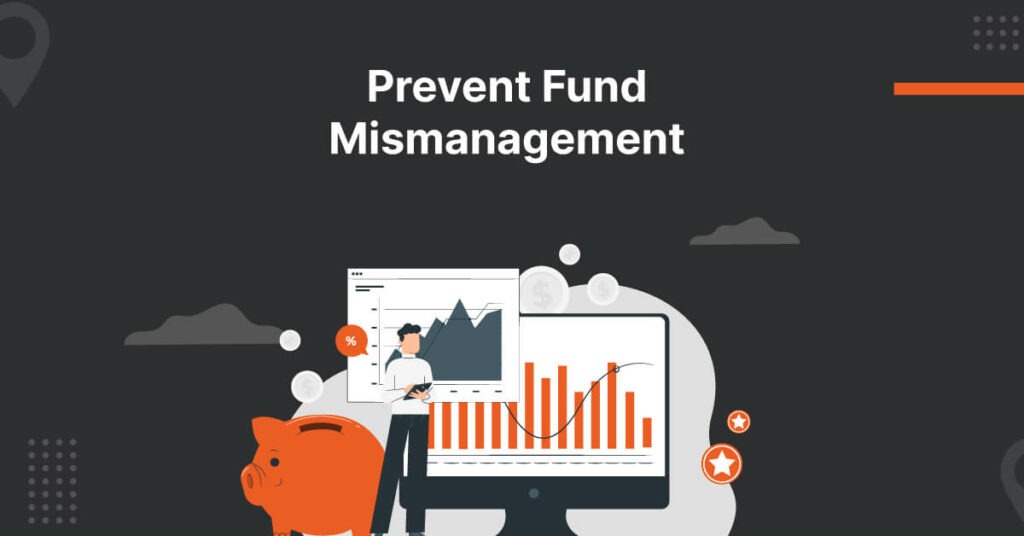
In today’s fast-paced business environment, managing expenses effectively is crucial for the success of any organization. As technology continues to advance, expense management software has become an indispensable tool for businesses of all sizes. These software solutions streamline the entire expense management process, saving time, reducing errors, and providing valuable insights into spending patterns.
However, with the rapid pace of technological advancements, it’s crucial to stay updated with the latest features of expense software. In this blog post, we will explore the key features to look for in expense software in 2023 to help you make an informed decision for your organization’s expense management needs.
Cloud-Based Infrastructure
A cloud-based infrastructure is one of the primary considerations when selecting expense software in 2023. Cloud-based solutions offer several advantages over traditional on-premises systems. They provide flexibility, scalability, and accessibility from anywhere, making it easier for employees to submit and manage expenses on the go.
The best cloud-based expense management software also ensures real-time data synchronization, enabling managers and finance teams to have an up-to-date view of expense reports and financial metrics. Cloud solutions offer enhanced data security measures, including encryption, regular backups, and compliance with data protection regulations.
Mobile App and OCR Technology
The integration of mobile applications and Optical Character Recognition (OCR) technology is another crucial features of expense software. With the help of OCR technology, these mobile apps allow employees to conveniently capture receipts, categorize expenses, and submit reports using their smartphones.
OCR technology goes a step further by automatically extracting data from receipts and populating expense fields, eliminating the need for manual data entry. This feature saves time, reduces errors, and enhances the overall user experience
Advanced Reporting and Analytics
The best expense management software should provide robust reporting and analytics capabilities. Detailed expense reports enable businesses to gain valuable insights into spending patterns, identify cost-saving opportunities, and detect anomalies or policy violations.
Look for expense management software that offers customizable reporting dashboards, interactive visualizations, and the ability to export data in various formats. Advanced analytics features, such as machine learning algorithms, can analyze large volumes of expense data and provide predictive insights, enabling organizations to optimize budgets, forecast expenses, and make data-driven decisions.
Integration with Accounting and ERP Systems
Seamless integration with existing accounting and Enterprise Resource Planning (ERP) systems is crucial for expense software in 2023. The integration allows for efficient data transfer between expense software and accounting/ERP platforms, eliminating manual data entry and reducing the risk of errors.
Therefore, you must look for the best expense software that supports popular accounting software or provides APIs (Application Programming Interfaces) for easy integration. This integration ensures accurate financial reporting, facilitates automatic expense reconciliation, and enhances overall financial visibility.
Policy Compliance and Approval Workflows
Expense software should include robust corporate travel policy compliance features and customizable approval workflows. This ensures that expense reports adhere to company policies and regulatory requirements. Look for software that allows businesses to define expense policies, set spending limits, and configure multi-level approval workflows.
Automated policy checks can flag policy violations, reducing the burden on finance teams and enhancing control over expenses. Furthermore, consider software that supports expense rule engines, enabling automatic categorization and allocation of expenses based on predefined rules, saving time and ensuring accuracy.
Receipt Management and Document Attachments
Efficient receipt management is an essential feature to look for in expense software. The ability to easily attach and store receipts electronically ensures compliance and simplifies audit processes.
The best expense software supports various receipt formats, such as PDF or image files, and offers features like drag-and-drop functionality or email receipt parsing. Additionally, consider software that provides intelligent document recognition, which automatically matches receipts to corresponding expenses, reducing manual effort and improving accuracy.
Policy Violation Alerts and Fraud Detection
The expense software should include advanced features to identify policy violations and detect fraudulent activities such as incomplete receipts, duplicate receipts, altered data in receipts, etc. Look for software that uses artificial intelligence and machine learning algorithms to analyze expense patterns and flag suspicious transactions.
Real-time alerts and notifications can help finance teams identify potential fraud or non-compliant expenses, enabling timely action. Additionally, software with built-in auditing capabilities can provide an additional layer of security by conducting automated checks and reconciling expenses against receipts, reducing the risk of fraudulent activities going unnoticed.
User-Friendly Interface and Intuitive User Experience
An intuitive and user-friendly interface is a crucial feature to consider when selecting expense software in 2023. The software should provide a clean, modern interface that is visually appealing and easy to navigate. Here’s a detailed explanation of why this feature is essential:
Ease Of Use: Expense software with a user-friendly interface ensures that employees can quickly adapt to the system without extensive training. It should have intuitive menus, clearly labeled buttons, and logical workflows, allowing users to navigate effortlessly through different features and functionalities effortlessly.
Quick Expense Submission: The software should make it easy for employees to submit their expenses. It should provide a simple and straightforward expense entry process, allowing users to input relevant details such as the expense amount, date, category, and additional notes or attachments. Ideally, the software should support features like auto-fill or drop-down menus for commonly used expense categories, saving time and reducing errors.
Transparent Reporting And Analytics: The software’s interface should also provide clear and visually appealing reporting and analytics features. This includes customizable dashboards, interactive charts, and graphs that allow users to visualize expense data and gain insights into spending patterns. Clear data visualizations enable users to identify trends, outliers, or areas of concern at a glance, facilitating informed decision-making.
Help and Support: Lastly, a user-friendly interface should include easily accessible help and support features. The software should provide comprehensive documentation, FAQs, and video tutorials to assist users in understanding the various features and functionalities. Additionally, it should offer responsive customer support channels such as live chat, email, or phone support to promptly address any user queries or issues.
Scalability and Customization
Finally, evaluating the scalability and customization capabilities provided by the expense software is important. As your business expands, it is crucial to have a software solution that can handle larger volumes of expenses and accommodate a growing number of users. Therefore, searching for expense management software that offers flexible pricing plans and the ability to scale seamlessly with your organization is imperative.
Additionally, the software should provide customization options to align with your specific business requirements. Look for a solution that allows you to configure expense categories, policy rules, approval workflows, and reporting formats. This ensures that the software can be tailored to meet your unique expense requirements, making it a more efficient and effective tool for your organization.
Get the Best Expense Management Software Now!
In 2023, expense software has become a critical tool for businesses seeking to optimize expense management, streamline processes, and enhance financial control. By considering the key features discussed in this blog post, organizations can choose the right expense software features that aligns with their specific requirements.
Itilite business expense management software, powered by ACH technology, streamlines your expense management process by combining expense filing, approval, and reimbursement in a single platform. Additionally, the software provides instant notifications for any pending expense reports and utilizes advanced fraud detection mechanisms.
Get a free demo of itilite to try our advanced features at no additional cost.
















 and then
and then